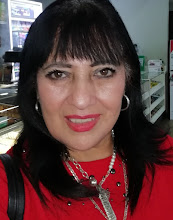The Honduran Istmania Pineda, nominated for Nobel Peace Prize 2005, asserted Friday that gangs Mara-Salvatrucha and Mara-18 were working together, supported by organized crime and drug-trafficking.
"Gangs reached an agreement last December following two years of talks," stressed Pineda, president of the non-governmental organization Xibalba who works with street children to avoid adhesion to criminal groups.
Talks between the two Maras began in 2003 when Guatemala, El Salvador and Honduras passed simultaneous laws to pursue gangs and imprison their leaders, she added.
However, Security Secretariat spokesman Leonel Sauceda dismissed that possibility as Salvatrucha and the 18 were bitter enemies between them.
Present Maras´ members, with 100, 000 affiliates in Central America, are refiner and dress better to not call the attention, Sauceda pointed.
"Some of the Maras´chiefs are corrupt police officers and militaries that supply arms to the gangs to terrorize the people," he noted.
Xibalba spokeswoman Margoth Martinez, responsible to rehabilitate 5,000 Honduran gang members and place them in private companies, said the situation of most under eight year old children was tragic, as they used to carry AK-47 automatic rifles.
The Maras Salvatrucha and 18 come from Los Angeles, California. Salvadoran youths, almost always undocumented, created them in 1960 and 1970 to defend their territories.
The phenomenon spread to other Mexican and Central American communities.
As they were deported from the US in the 80´s for committing crimes, they set in their countries and established a different life mode and style, characterized by baggy clothes, skin heads and visible tattoos.
Suscribirse a:
Enviar comentarios (Atom)



No hay comentarios:
Publicar un comentario